With the concept of “smart home†and “intelligence†of home appliances gradually integrated into daily life, and more and more people accept it, intelligent control of various products through smart terminals such as mobile phones has become a new market demand. Intelligent lighting, as an indispensable and practical field in smart homes, has naturally become a new competitive hotspot for various manufacturers. Thanks to the rapid spread of short-range wireless communication technologies such as low-power Bluetooth, many smart bulbs at home and abroad have appeared in the public eye.
This article refers to the address: http://
In China, there are two such Bluetooth smart light bulbs that are also retailed at 179 yuan, which has become the focus of everyone's attention. One is Yeelight Blue II and the other is iMagic Magic Light Bulb. This is the first two manufacturers to introduce Bluetooth smart light bulbs in China. As we all know, Yeelight's smart light bulbs include the ZigBee-based Sunflower series (now the millet smart light bulb) and the BLE-based Bluetooth smart light bulb (Blue II is its second generation). The iMagic Symphony Smart Light Bulb has also undergone product iterations and has been completely upgraded on its first generation. The two products have similar functions and the same price is 179 yuan. How should consumers choose?
Recently, many fans have also dismantled these two bulbs, so now we will focus on various evaluations and comparative analysis.
From the table and the inside, let us first look at the packaging and appearance of the two products.
The iMagic package is light yellow textured paper, white EVA backing, available in silver, gold and white three-color body. Philips fluorescent coated glass lampshade, no paper manual, but can scan the QR code to download the electronic version.
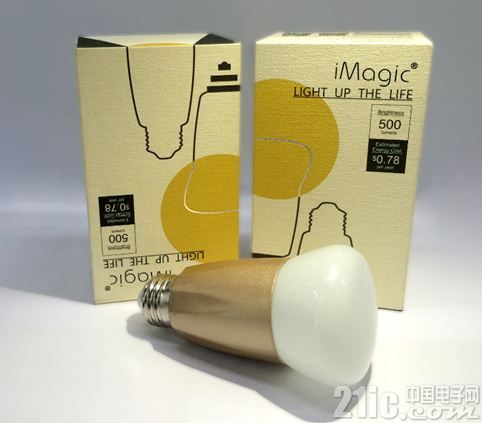

Yeelight is available in a simple kraft paper wrap, black pearl cotton backing and paper brochure, silver body and glass shade.
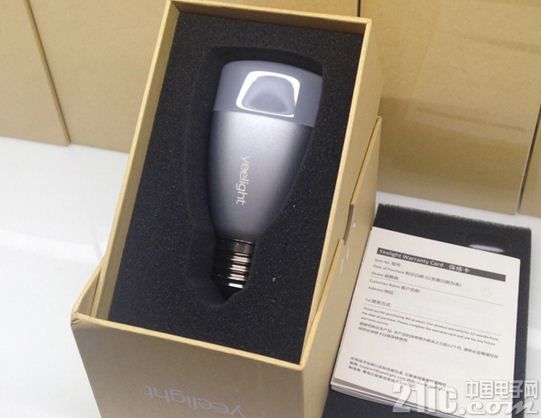
From the perspective of product packaging, Yeelight packaging is obviously biased towards millet style, simple and generous, iMagic outer packaging design is unique, has its own style, and the sense of art is stronger; in terms of lamp body, both are produced by their own molds. Open a few streets of many cottage manufacturers. It is worth mentioning that in addition to the silver created by Philips Hue, the iMagic body is also available in specially designed white and gold. This is the first in the industry and is also imitated by some later manufacturers.
Both products have RGB full-color coloring function, and the effect of color light is mixed by RGB three primary color lamp beads. The two images below are real shots (Yelight on top and iMagic on the bottom). As for the mixed color mixing effect, you can compare the pictures yourself.

Yeelight Blue II
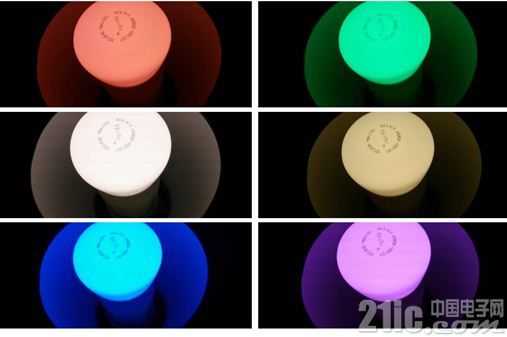
iMagic Symphony
After comparing the color light, let's compare the white light effect. The light-emitting effect of white light largely determines the practicality of the light bulb. The Yeelight Blue II has a nominal power of 6W, and the iMagic Symphony Smart Light Bulb has a nominal power of 6.5W. Both have a nominal luminous flux of 500lm. As for the actual situation, you can refer to the following real shot renderings (Yeelight Blue II on the left and iMagic on the right).
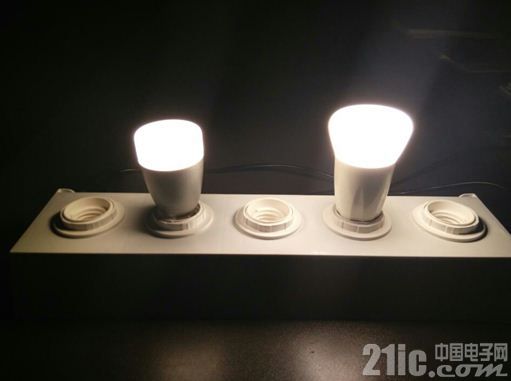
After reading the appearance, let's take apart the light bulb and look at the lighting material and the layout of the light board.
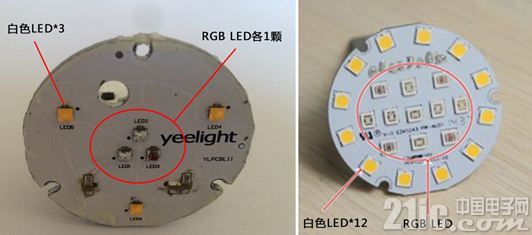
The light panels of both bulbs are also made of aluminum. The Yeelight Blue II (left) uses 6 light beads, 3 white LEDs (known as CREE), 1 RGB each (unknown brand); iMagic (right) It uses 23 lamp beads, 12 of which are white LEDs (allegedly Philips Lumileds) and 11 color beads (unknown brand). As shown above, from the layout of the light board, the iMagic lamp bead layout is relatively more reasonable, and the materials are more sincere.
Next, let's look at the design of the main control board. The two also use the low-power Bluetooth chip of Texas Instruments CC2540. As for the production process, it is a matter of opinion. Don't say it, look at the picture...
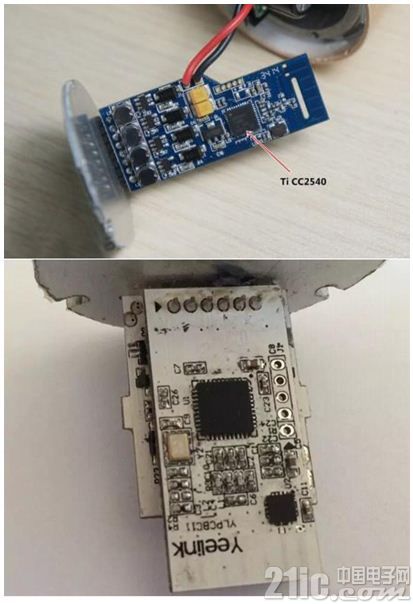
Looking at the structure design of the lamp body, the difference between the smart bulb and the ordinary LED bulb is that the temperature of the lamp body cavity will have a decisive influence on the performance and stability of the product. At very low and very high temperatures, components of the wireless control board may fail, causing the lamp to lose control. At the Guangzhou Guangya Exhibition in 2014, a manufacturer exhibited its smart bulb products, which had to be restarted every 10 minutes to calibrate the control panel because the cavity temperature was too high.
The Yeelight lamp uses a potting process to stabilize the whole body and promote heat dissipation. This is a common practice in the industry. The iMagic lamp body adopts a three-layer composite structure, and the inner cavity has no glue filling. It only relies on the optimization of the structure and material of the lamp body to accelerate the heat conduction. From the known information, the product stability is also good. It can be seen that it has made a lot of effort in structural design and heat treatment.

Yeelight Blue II
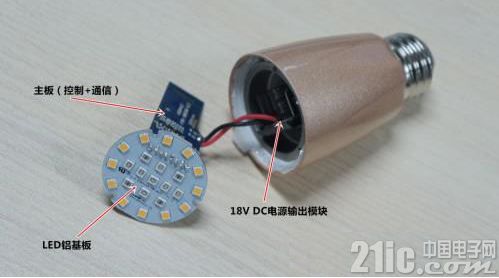
iMagic Symphony Smart Light Bulb
Finally, let's take a look at the safety certification of the two bulbs through the authority. According to public information, Yeelight Blue II has passed CE, FCC and RoHs certifications. In addition to CE, FCC and RoHs certifications, iMagic Smart Light Bulbs have passed UL certification. It is understood that UL Safety Laboratory is the most authoritative safety certification body in the United States, and has a set of strict testing standards for certified products. UL Security Lab's certification of iMagic smart light bulbs is to help consumers review the quality of their products, with certain reference and authority.
Yeswitch Car Light, namely Automotive Light. Its Led Automotive Light are including Off-road lights, Headlights, dome light, Driving light, etc. Normally, our Car Light, Car Fuse and Automotive Switches and other automatic accessories are the necessary accessories of a car. The combination headlights are at the front of the car, which primarily functions as a light source and signal. The light from the headlights illuminates the road ahead of the car, allowing the driver to drive safely in the dark.
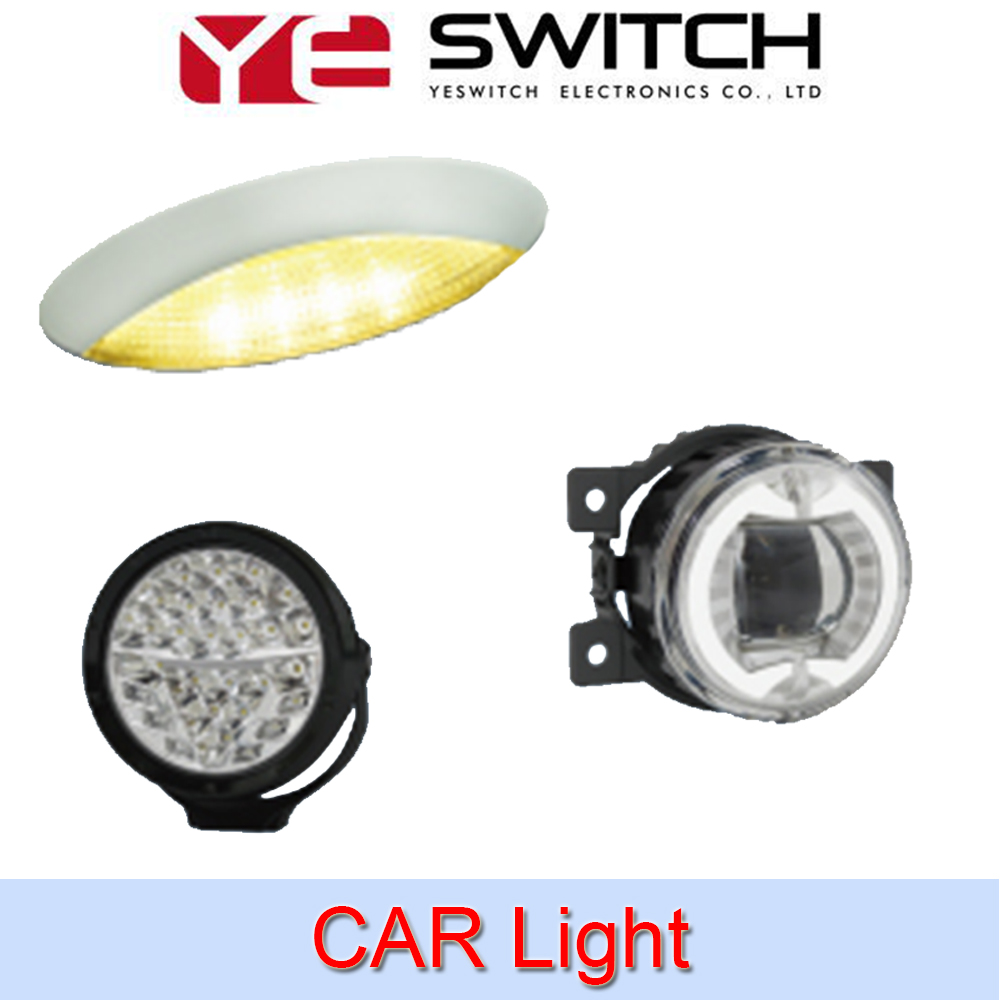
Daytime running lights should be automatically turned on after the vehicle engine is started. After dark, the driver needs to manually turn on the regular lighting, and the daytime running lights will automatically go out. Daytime running lights make it easier for other [road users" to see the car and consume less energy than current low beam headlights
Light Emitting Diode, referred to as LED, Chinese name is LED. The LED Car Light, strip refers to the assembly of the LED on a strip-shaped FPC (flexible circuit board) or PCB hard board. The name of the product is named like a tape.
Fog light is installed at the front of the car at a position slightly lower than the headlights, and is used to illuminate the road when driving in rainy and foggy weather. Because of the low visibility in the fog, the driver's line of sight is limited. Light can increase the running distance, especially the yellow anti-fog light has strong light penetration, which can improve the visibility of the driver and surrounding traffic participants, so that the car and pedestrian can find each other at a distance

Automotive Light
Car Light,Ultra Bright Car Light,LED Car Light,Light Switch for LED Lights
YESWITCH ELECTRONICS CO., LTD. , https://www.yeswitches.com